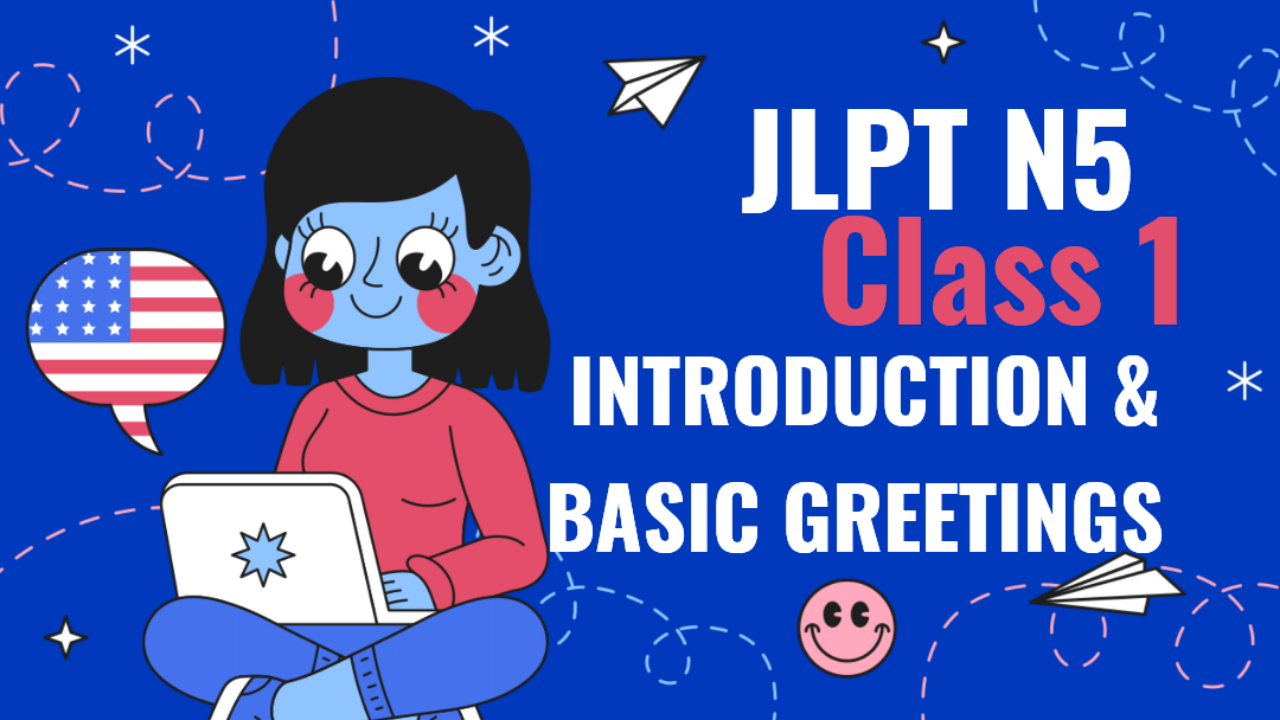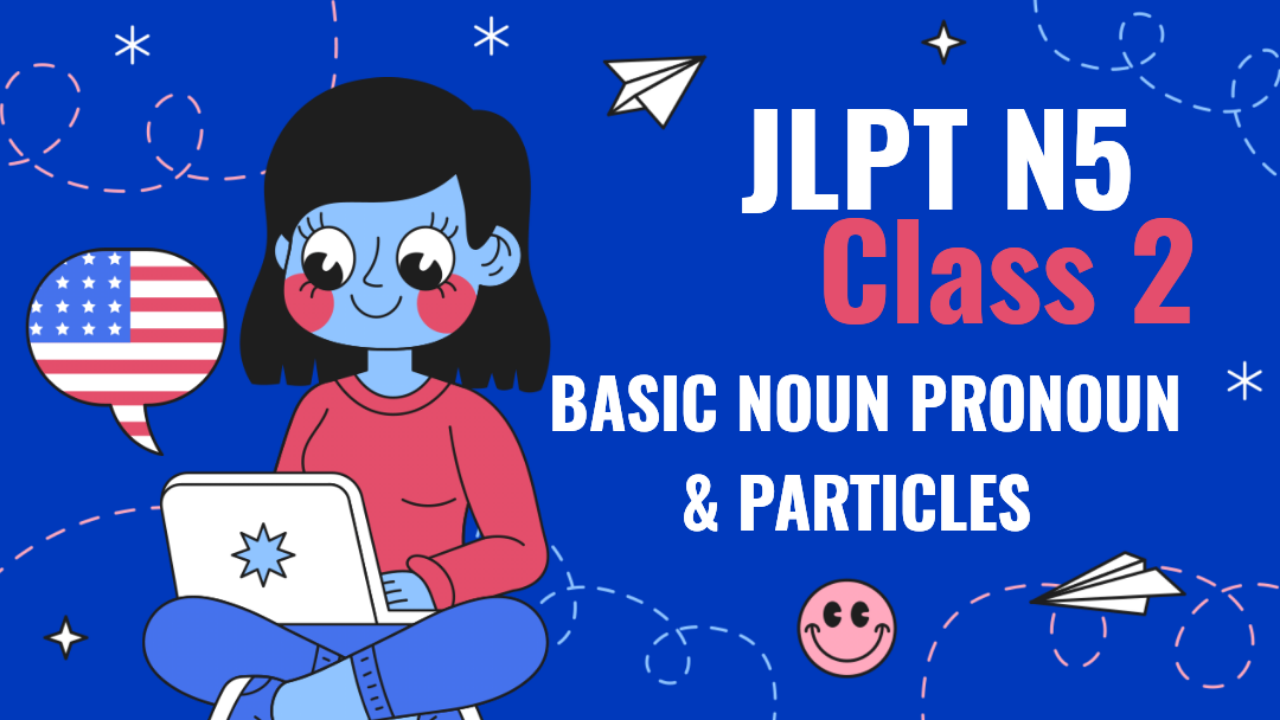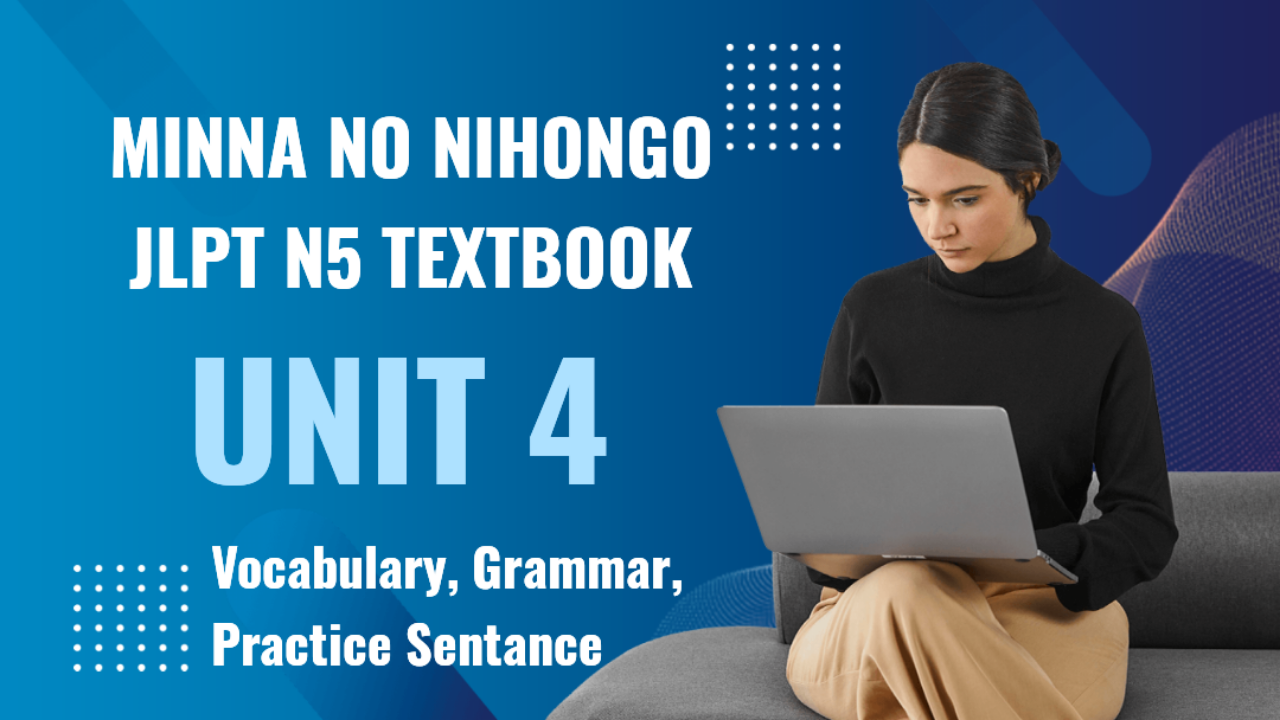Class 4: Adjectives & Descriptions
Goal: Learn how to use adjectives in Japanese to describe people, places, and objects.
1. Types of Adjectives
In Japanese, there are two types of adjectives:
- い-adjectives: Adjectives ending in い.
- Example: あたらしい (atarashii) – new.
- な-adjectives: Adjectives that need な when placed before a noun.
- Example: きれい (kirei) – beautiful.
2. い-Adjectives
い-adjectives end with the syllable い and can directly modify a noun or stand on their own.
- あたらしい (atarashii) – new
- おおきい (ookii) – big
- ちいさい (chiisai) – small
- たかい (takai) – tall/expensive
- やすい (yasui) – cheap
Examples:
- おおきいいぬ (ookii inu) – A big dog
- ちいさいへや (chiisai heya) – A small room
3. な-Adjectives
な-adjectives use な between the adjective and the noun they modify.
- しずか (shizuka) – quiet
- きれい (kirei) – beautiful/clean
- べんり (benri) – convenient
- ゆうめい (yuumei) – famous
Examples:
- しずかなまち (shizuka na machi) – A quiet town
- きれいなへや (kirei na heya) – A beautiful room
4. Using Adjectives in Sentences
-
い-adjective sentence: Adjectives can be used as predicates or modifiers.
- へやはおおきいです。 (Heya wa ookii desu.) – The room is big.
-
な-adjective sentence: When used as predicates, な-adjectives do not use な.
- へやはしずかです。 (Heya wa shizuka desu.) – The room is quiet.
5. Adjective Conjugation
い-adjectives change form depending on whether the sentence is positive or negative.
6. Vocabulary: Adjectives for Descriptions
Here’s a list of adjectives to describe people, places, and things:
7. Kanji (5 More Kanji)
Learn these kanji, related to adjectives and descriptions:
8. Sentence Practice
Using the vocabulary and adjectives, create sentences:
- これはあたらしいほんです。 (Kore wa atarashii hon desu.) – This is a new book.
- あのまちはしずかです。 (Ano machi wa shizuka desu.) – That town is quiet.
9. Listening Practice
Listen to short dialogues where people describe objects or places using adjectives. Practice identifying which adjectives are used.
10. Homework
- Write 5 sentences using い and な adjectives to describe objects or places.
- Memorize the 5 kanji (大, 小, 高, 安, 新).
- Review the vocabulary and adjective forms.
In the next class, we’ll focus on verb conjugation in the past tense. Let me know if you have any questions!





















